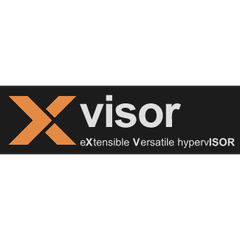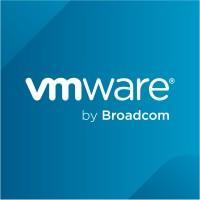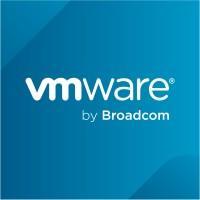
Apple Hypervisor
The Apple Hypervisor framework enables developers to build efficient virtualization solutions using a lightweight hypervisor, eliminating the need for third-party kernel extensions. It provides C APIs for interacting with virtual machines and processors in user space, facilitating the creation and management of hardware-accelerated virtual environments on both Apple silicon and Intel-based Macs.
Top Apple Hypervisor Alternatives
CrossOver
CrossOver empowers users to seamlessly run Windows applications on Mac and Linux without the hassle of dual-booting or emulators.
AWS Nitro System
The AWS Nitro System serves as a transformative foundation for the latest EC2 instances, enhancing performance while reducing costs.
Xvisor
Xvisor® is an open-source type-1 hypervisor designed for high performance and low memory usage across various CPU architectures, including ARM and RISC-V.
VMware ESXi
VMware ESXi is a powerful bare-metal hypervisor that installs directly on physical servers, offering seamless access to hardware resources.
µ-visor
µ-visor is a sophisticated hypervisor tailored for microcontrollers, enabling safe consolidation of multiple operating systems with hardware-enforced separation.
VMware Fusion Pro
VMware Fusion Pro offers a robust desktop hypervisor solution, allowing users to seamlessly run multiple operating systems on Windows, Linux, and Mac platforms.
VMware Workstation Pro
Designed for both personal and commercial use, it allows users to build isolated environments for...
Lguest
By utilizing a pty console, it allows efficient interaction and faster kernel test boots, achieving...
Top Apple Hypervisor Features
- Lightweight hypervisor architecture
- No third-party kernel extensions
- User-space C API interaction
- Suitable for Mac App Store
- Control hardware-facilitated VMs
- Create virtual processors easily
- Abstract VMs as processes
- VCPUs as threads
- Supports Apple silicon virtualization
- Intel VT-x hardware support
- Extended Page Tables (EPT) integration
- Unrestricted Mode compatibility
- Sandboxed user-space processes
- Efficient resource management
- Seamless virtualization solutions
- Easy VM control interface
- High-performance virtualization
- Hardware resource virtualization support
- Streamlined development process
- Comprehensive developer documentation







